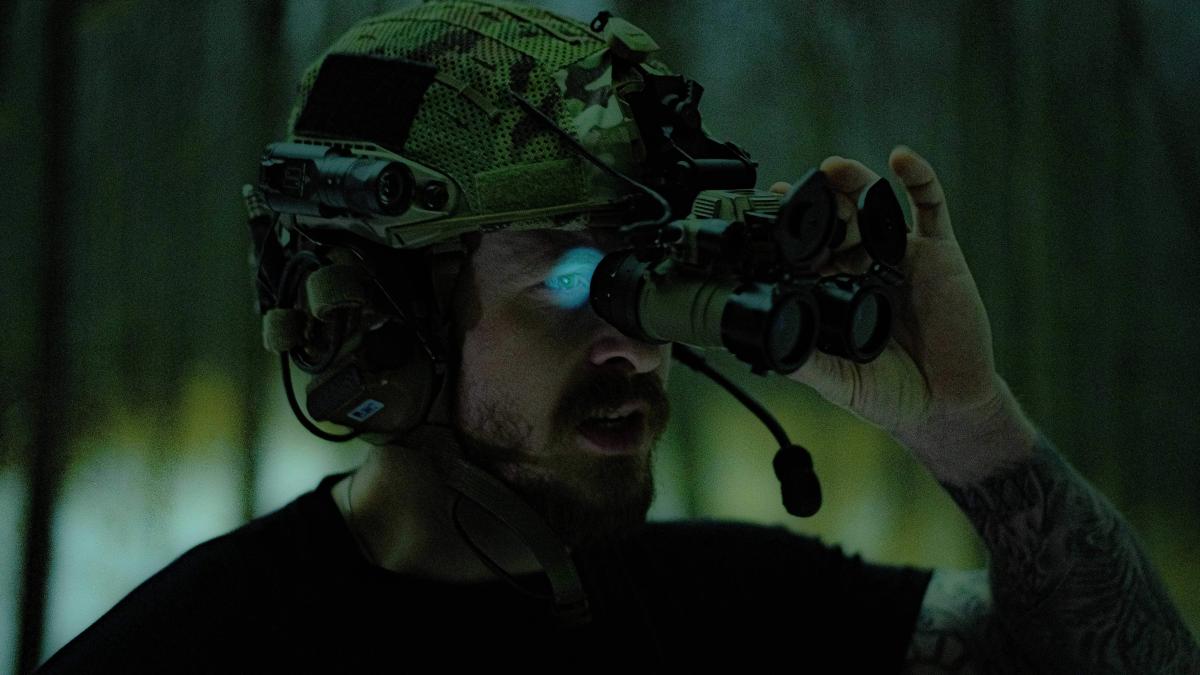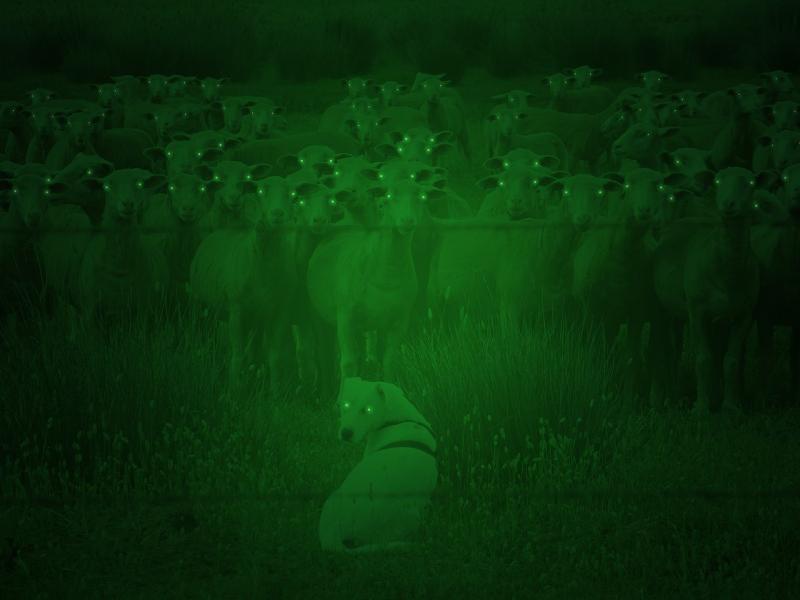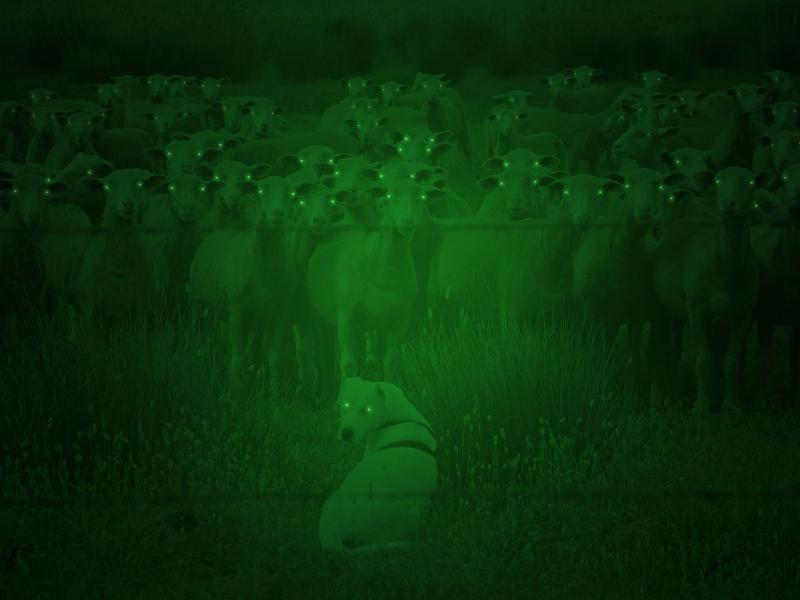Another important feature to consider is the binocular's magnification power and objective lens diameter. Common magnifications range from 5x to 10x, with larger objective lenses (measured in millimeters) allowing more light to enter, which is crucial for night viewing. A good rule of thumb is to choose 7x to 10x magnification for a perfect balance of clarity and stability. Higher magnifications can lead to shaky images, especially in low-light situations.
Durability is also key when selecting night vision binoculars. Look for models that are waterproof and shockproof. Being exposed to moisture or rough handling can damage night vision devices, so robust construction is essential for long-term use. Additionally, consider the weight of the binoculars; lighter models are easier to carry during extended excursions.
Finally, pay attention to the design and user interface of the binoculars. Features like adjustable eye cups, battery life indicators, and integrated infrared illuminators can make your experience smoother and more enjoyable. Since night vision binoculars are an investment worth protecting, always make sure to read user reviews and see what others have to say about their experiences with various models before making your purchase.
Understanding Night Vision Technology
Night vision technology has come a long way since its early days. At its core, night vision allows users to see in low-light conditions by amplifying the available light. This includes not only visible light but also infrared radiation, which is invisible to the naked eye. Different types of night vision devices are available, including binoculars, monoculars, and goggles, each utilizing this fascinating technology in unique ways.
There are two main types of night vision technology: Generation I, II, and III. Generation I night vision devices use basic light amplification, which can provide a clear image but is generally limited in performance. Generation II night vision improves on this by adding a micro-channel plate that boosts the signal for a brighter image. Generation III, often used by military and law enforcement, incorporates advanced technologies such as gallium arsenide to offer superior clarity and performance.
Another aspect of night vision technology is the use of thermal imaging. Unlike traditional night vision, thermal imaging detects heat emitted by objects, allowing users to see in complete darkness. This makes thermal options especially useful for hunting or wildlife observation. While night vision binoculars excel in low-light visibility, thermal optics are great for identifying warm objects, regardless of the surrounding light conditions.
When considering night vision binoculars, understanding technical specifications like resolution, magnification, and field of view is key. High-resolution optics will provide clearer images, while a good magnification power allows for more detailed observation at greater distances. Field of view is also important: a wider field allows you to scan areas more effectively, which is especially handy in dynamic environments. Overall, having a grasp of these technologies and their features will aid significantly in making an informed purchase.
Key Features to Look For
Image Quality: One of the most important aspects of night vision binoculars is the clarity of the image. Look for models that offer high-resolution optics and good light transmission. The quality of the lenses and the type of night vision technology (such as Gen 1, Gen 2, or Gen 3) will affect how sharp and clear the images are in low-light conditions.
Magnification and Field of View: The magnification level you choose will depend on what you plan to use the binoculars for. A higher magnification can allow you to see distant objects clearly, but it may also narrow the field of view. For most night vision applications, a magnification of 5x to 8x provides a good balance, offering sufficient detail without losing sight of the surroundings.
Durability and Weather Resistance: Since you may be using your night vision binoculars in various conditions, it's essential to select a model that is built to last. Look for binoculars that are made from robust materials and have weather-resistant features such as waterproofing or fog-proofing. This ensures they perform well in different environments and conditions, from humid nights to rainy outings.
Ergonomics and Battery Life: Comfort is key when using binoculars for extended periods. Check for models that are lightweight, easy to hold, and feature adjustable eyecups. Additionally, since night vision devices rely on batteries, consider how long the battery lasts and whether it can be easily replaced. A longer battery life means you can enjoy your time outdoors without frequent interruptions.
Caring for Your Binoculars
Start by regularly cleaning the lenses. Use a soft, lint-free cloth to wipe away dust and smudges. For tougher spots, a few drops of lens cleaner can do wonders. Avoid using household glass cleaners, as they can damage the coatings on your binoculars. Always remember to gently wipe in a circular motion and avoid applying too much pressure.
Store your binoculars in a protective case when not in use. This not only prevents scratches but also keeps dust and moisture at bay. If you're venturing out in wet weather, consider using a waterproof case or a rain cover specifically designed for binoculars. Additionally, try to avoid exposing your binoculars to extreme temperatures or direct sunlight for prolonged periods, as these conditions can affect their performance.
Lastly, check for any loose screws or parts from time to time. Tightening any loose components will help maintain the alignment and functionality of your binoculars. If you notice any significant issues, it’s best to consult a professional for repairs rather than attempting to fix them yourself. Regular care will ensure that your binoculars are always ready to give you the best views under the stars.



